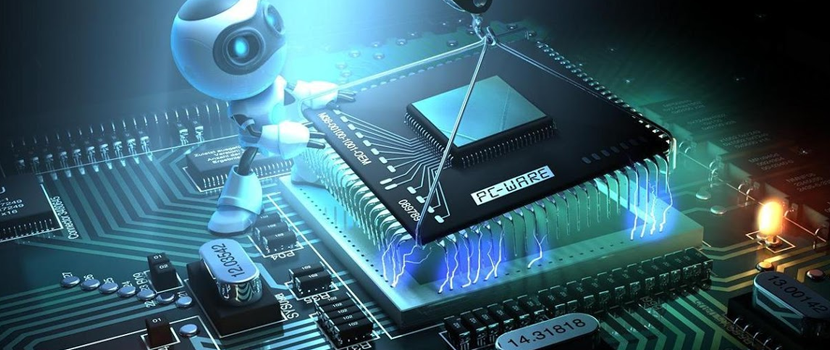
Dedicated server - hardware specification
Hardware Features
The main features of servers hardware are divided into three parts: CPU, memory and hard disk.
The processor intensity and amount of cores
The processor is the 'brain' of the server. As the number of computational operations per second, rises, the greater the need for a powerful processor. It is recommended to always invest in a more powerful processor, due to rapid technology development.
The importance of the cores number
Multi-core processors (DUALCORE, QUADCORE, I7) enables the running of multiple applications and software simultaneously in maximum speed and efficiency.
Operating systems such as Windows, Linux and Macintosh OS are making effective use of multi-core in order to run multiple applications simultaneously. Lack of cores, cause the operating systems to subdivide CPU time among all applications. This division leads to longer wait times and drastically slows down the speed of work of those programs.
Internal memory (RAM)
The internal memory (RAM) of the server is used to store data temporarily, and since the speed working speed of the internal memory is much larger then the working speed of the hard disk, running programs are accelerated significantly and deliver fast and continuous work of the server. Most programs do not require a large amount of memory to operate and usually, can operate properly with a minimal amount of internal memory. For example, dedicated servers with Windows XP operating system normally require a minimum of 128MB of memory. The biggest disadvantage is that the the data is stored for a limited time (until the closure of the computer) and can not store data permanently.
Hard Disk (HDD)
Hard Disk (HDD) is a component which can store data, software, images and media files. The hard disk is designed to store large amounts of data than the computer internal memory (RAM), but as mentioned, its working speed is much slower. The great advantages are the large amount of data that can be stored on it, and ability to store data for long terms, even after shutting down the computer. Operating systems are using different file systems (NTFS, FAT32, EXT3) to manage the data and files stored on the server hard disk.

pHqghUme
09 Jul, 2025testing@example.com

pHqghUme
09 Jul, 2025testing@example.com



